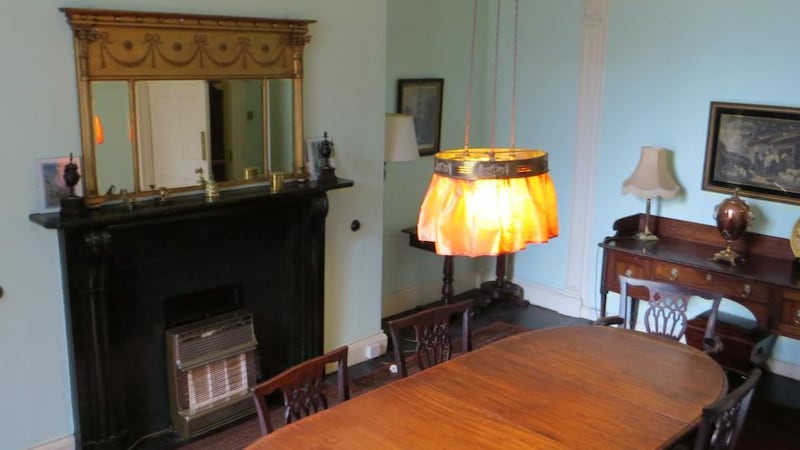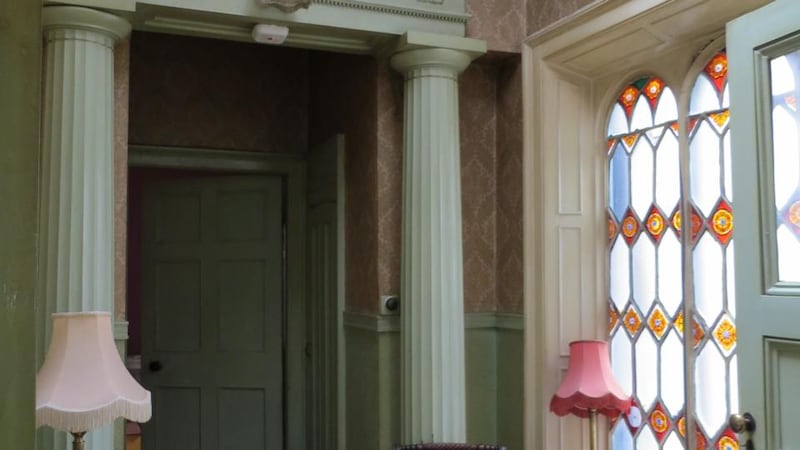Number 72 is the only house on this stretch of Lower Baggot Street still in use as a private residence. The 450sq m (4,957sq ft) property is a four-storey over basement Georgian house with a separate, self-contained mews of 50sq m (538sq ft) and garage to the rear.
Having been in the Doyle family since 1929, Clodagh Quinlan grew up here, and her father Dr Frank Doyle operated his dental surgery from the house. "Most of the families who lived on the street were in the medical profession," recalls Quinlan. "The rooms at ground level were used as the surgeries just like this one."
The house was originally for sale in 2006 with a €5 million price tag. “We put it on the week everything went belly up, there had been lots of interest but the market just changed overnight,” says Quinlan. It is for now sale through estate agent Elliott & FitzGerald with a more realistic asking price of €1.5 million.


The house is vast, with a basement the size of a city apartment that includes two reception rooms and a bedroom. A mews to the rear has its own access through shared electric gates and could be converted into a luxurious pied-á- terre.
The property is jaded and needs modernisation, but thankfully Quinlan’s family recognised the importance of the Georgian features, and they are all intact, including the Corinthian pillars and egg-and-dart cornicing in the front hallway. The old brass blanket rail, where the horse’s blankets would have hung, runs the entire length of the wide hall and has survived for more than two centuries.
A magnificent antechamber on the first return features original stained-glass windows and a leaded ceiling dome flanked by Doric pillars.
The original internal cantilevered granite steps, which led from the ground floor to the servants’ quarters in the basement have been boarded by a stud wall but could easily be incorporated back into the house itself.
The house is laden with history and includes a bullet hole in the staircase window on the second return, from a stray bullet in the 1916 Rising which the Doyles have kept for posterity.
On the first floor is a large reception room, one of five in the property, and is the nicest in the house with high ceilings, shuttered sash windows and a sculpted frieze.
The house has a multitude of possibilities for its restoration and renovation, and lies within the Living City Initiative scheme.
New owners could lease the mews and basement as separate units or this house could simply be returned to its former glory as a gracious Georgian residence in the heart of Dublin 2.













